Adult Orthodontics
Although a large proportion of orthodontics is performed on teenagers, adult orthodontics is becoming popular due to the use of aesthetic appliances.
When we age, the smile and face can change like the rest of our body. The front teeth can become more irregular and mild crowding can occur. Some adults may not have had the opportunity for orthodontic treatment during adolescent years.
A large group of adult patients have severe jaw discrepancies. These patients have to wait until maturity before considering orthodontics and jaw surgery. Examples are Class III - protrusive lower jaw – with anterior cross bite, or Class II - retrusive lower jaw and protruding upper incisors. A small number of adults have had full braces in teenage years, and have minor teeth movement and would like minor alignment. This can be performed with clear aligner treatment or lingual braces.
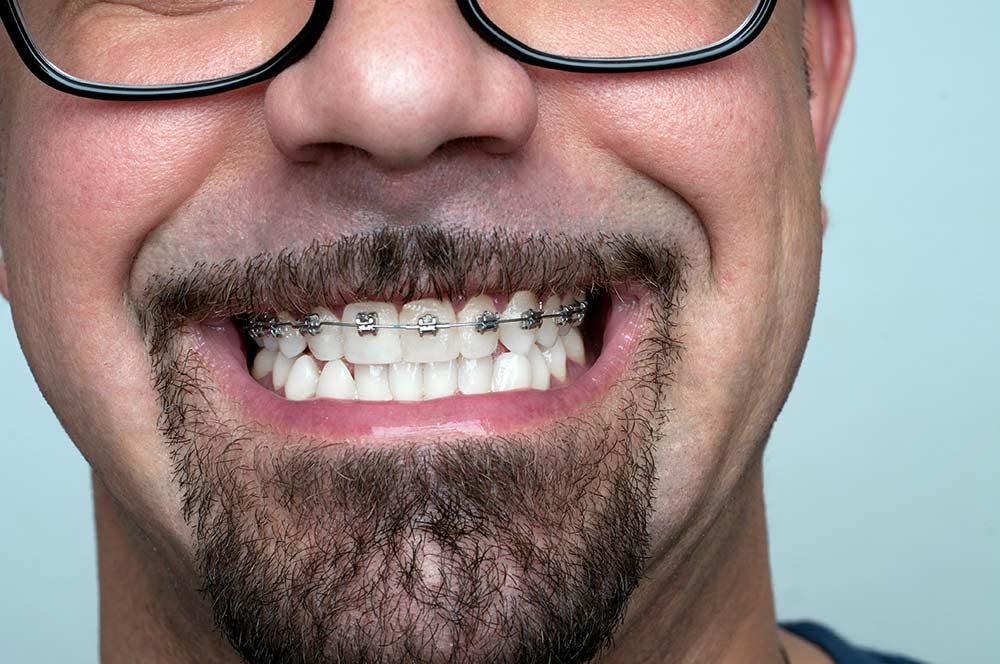
Some adults have lost teeth due to severe decay or trauma, requiring orthodontics to prepare their mouth to have dental implants, crowns and bridges.
Usually, adults prefer clear braces, lingual braces or clear aligners. Each system has their pros and cons. Again, an individualised approach is important to the selection of the most suitable appliance in terms of precision, quality of finish, speed and cost.
Clear Aligners
This has been very popular due to the advertising in the media, appealing to the “no braces” concept which is more aesthetically pleasing than the regular braces. These are a series of clear aligners designed to move teeth – each aligner moving teeth a little at a time.
- Pros — Good aesthetics due to the “invisible no braces look”, can be removed, easier to brush teeth, less risk of decay and gum infections
- Cons — Less effective for complex tooth movement, can be more costly than conventional braces, takes longer time than braces, require good cooperation with wear (>20hours/day)


Suresmile-Elemetrix Aligner System
This is a new aligner system that allows the orthodontist to control the aligner design with Suresmile digital technology. This means that the plan can be custom-made to suit each individual in terms of number of aligners, the amount of movement per aligner and cost. It can also be used in combination with normal or lingual braces, expansion and other appliances to get benefits of all systems at an optimal cost.
First, a thorough orthodontic diagnosis is made by the orthodontist. Digital records are taken along with a 3D scan of the dental arches with a TRIOS 3 Shape scanner. This means no impressions are required, which means no risk of gagging! The stages of teeth movement are then designed digitally by the orthodontist. The simulation can be shown and discussed with the patient for approval before proceeding with provision of the aligners.
Clear Braces
These are made of ceramics/porcelain and are attached to the labial surfaces of teeth. Like standard metal braces, they are efficient, precise and quick; except they are less noticeable. Clear braces are often favoured by adults and teens who are self-conscious of metal braces.
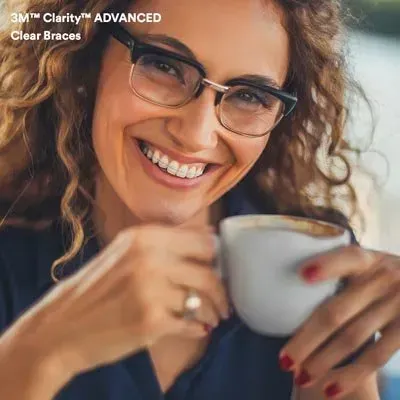
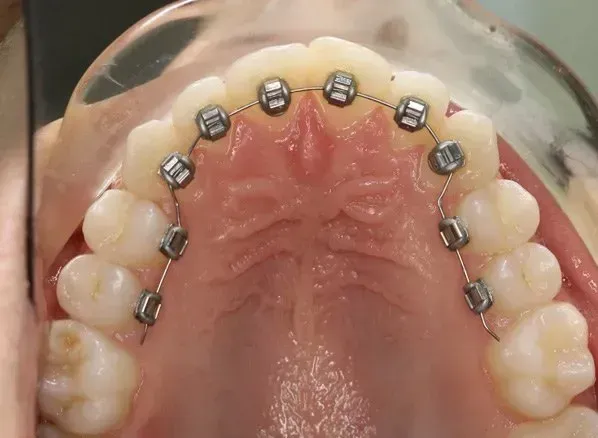
Lingual Braces
These braces are attached to the inside (lingual) surfaces of teeth, hence they cannot be seen when smiling – which makes them “invisible”. However, they can be uncomfortable for the tongue and may temporarily affect the speech and chewing. They can cost significantly more than regular braces and they are often requested by adults who do not want to show any appliances (clear braces or clear aligners) when smiling.
Orthognathic Surgery
Severe jaw irregularities may require orthognathic surgery in combination with orthodontics to achieve the best aesthetic and functional results. Minor irregularities can often be addressed with orthodontics alone.

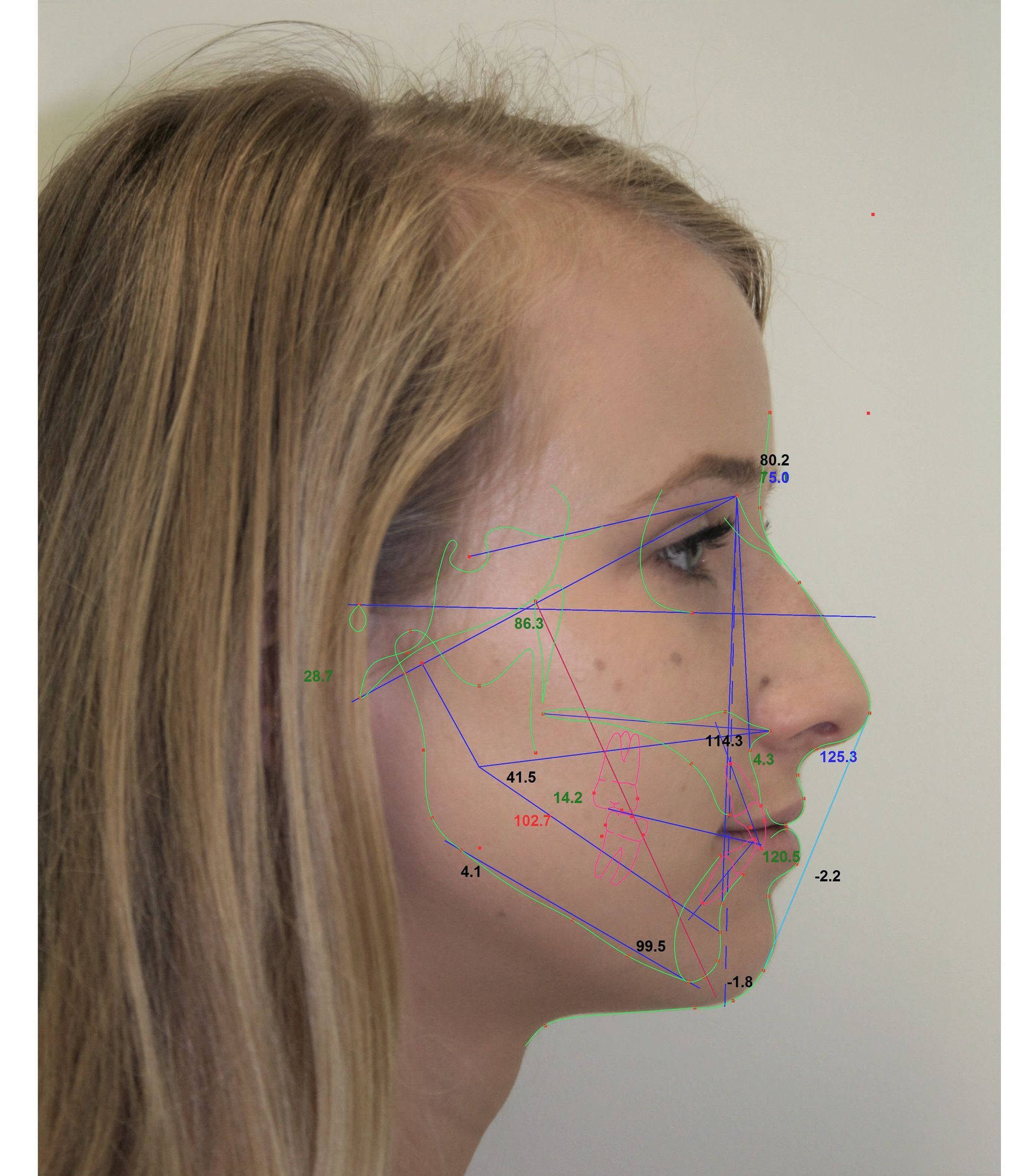
Orthognathic Surgery Class II
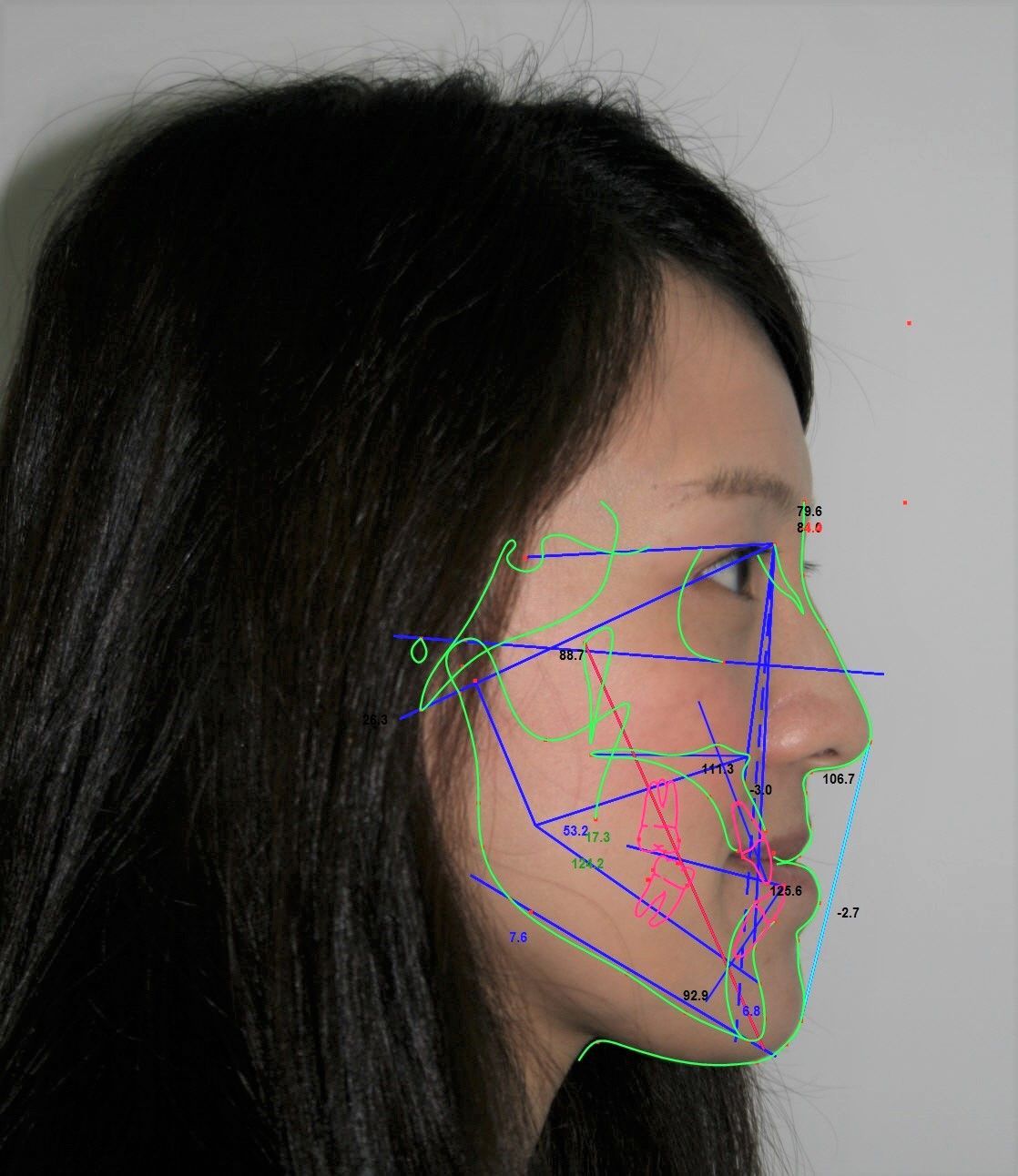

Orthognathic Surgery Class III

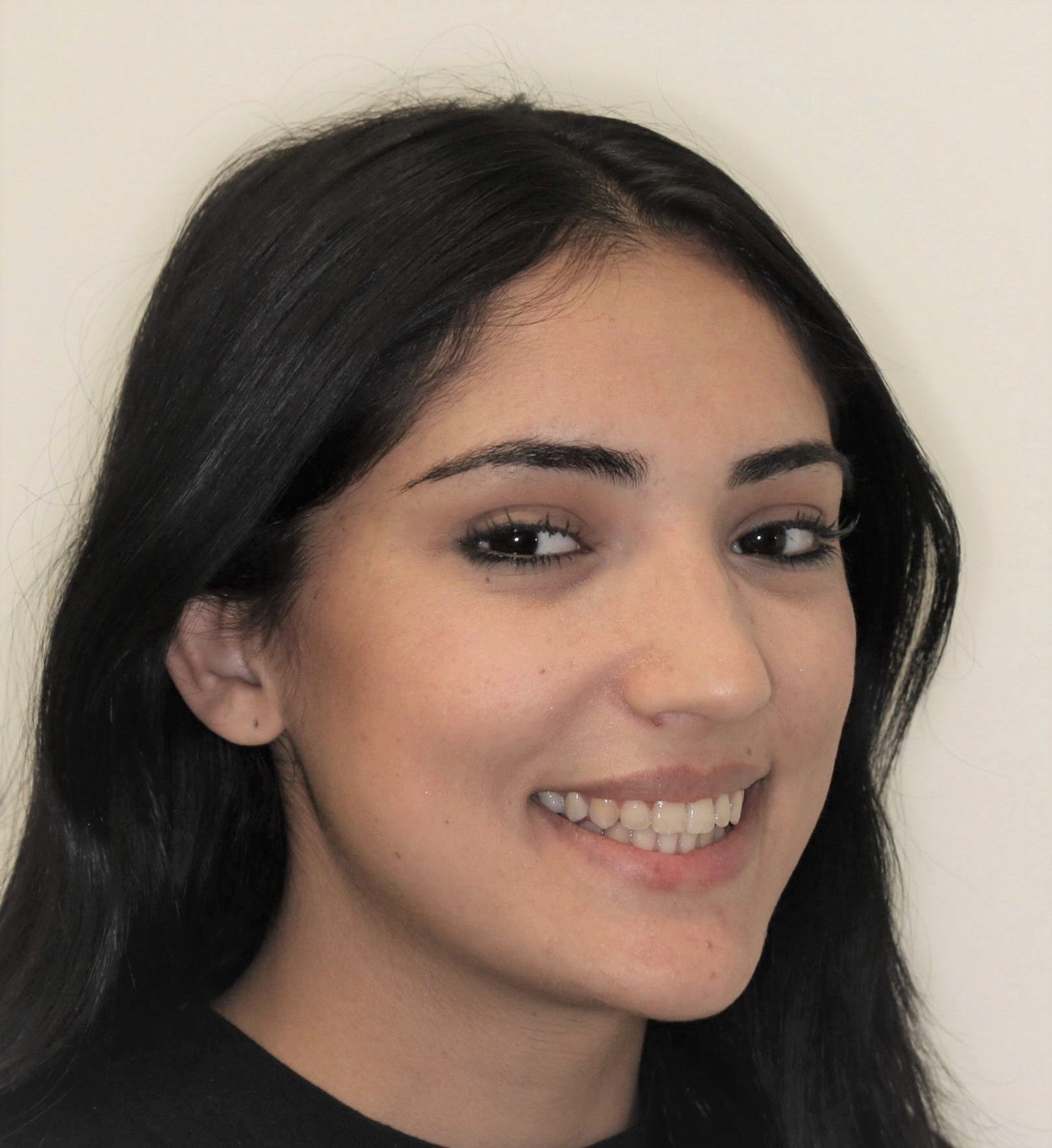
Orthognathic Surgery Open Bite
Schedule your consultation for expert orthodontic care. Call 03 9873 6818 now!
